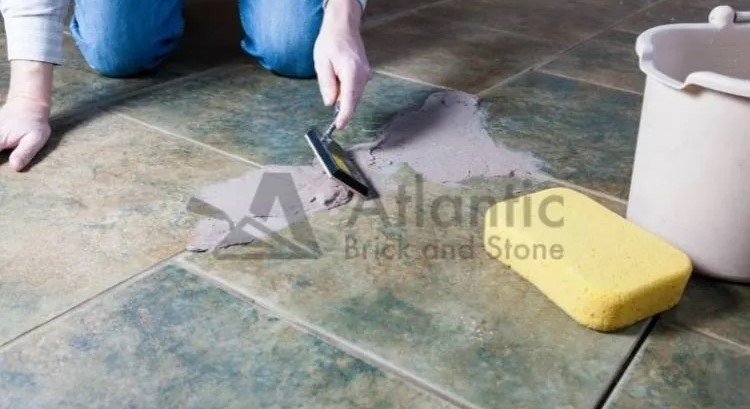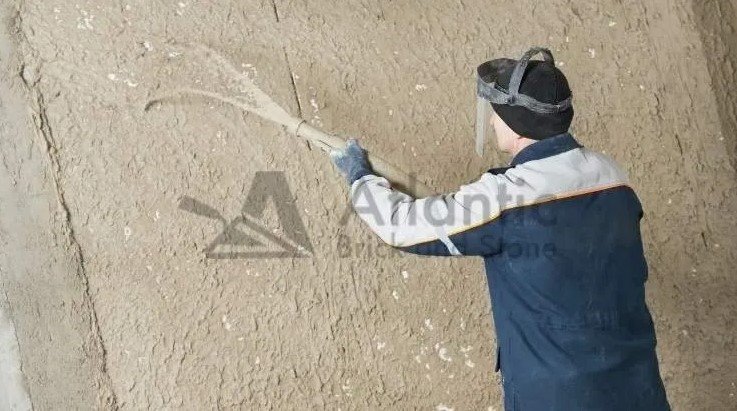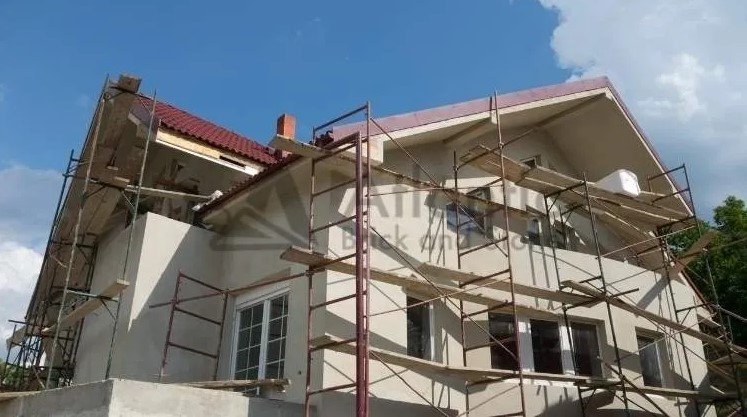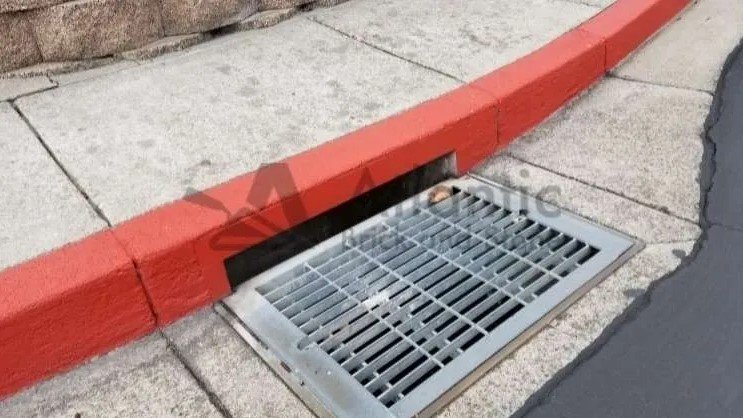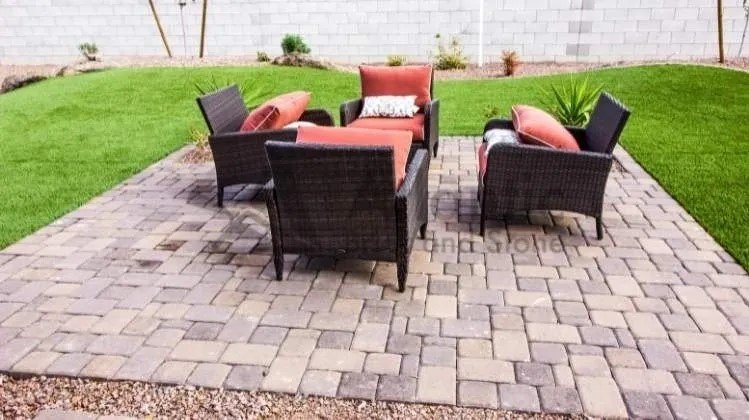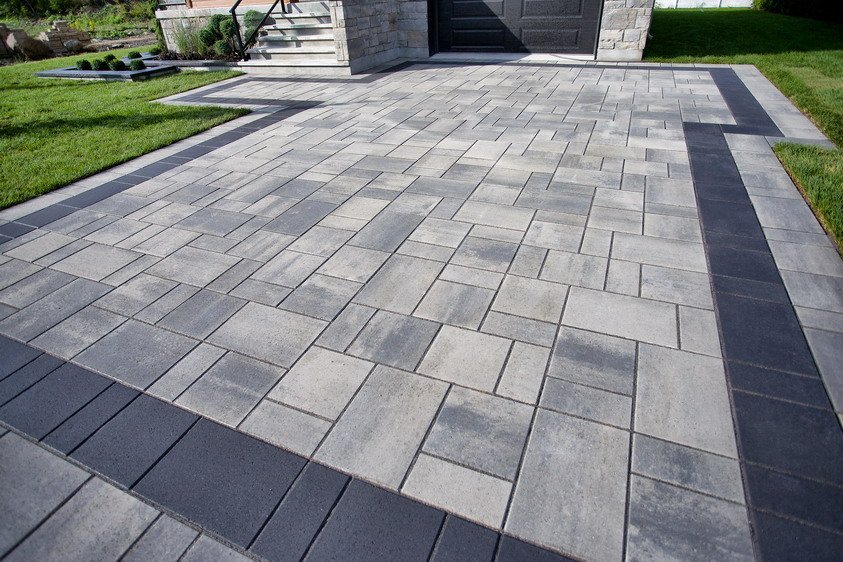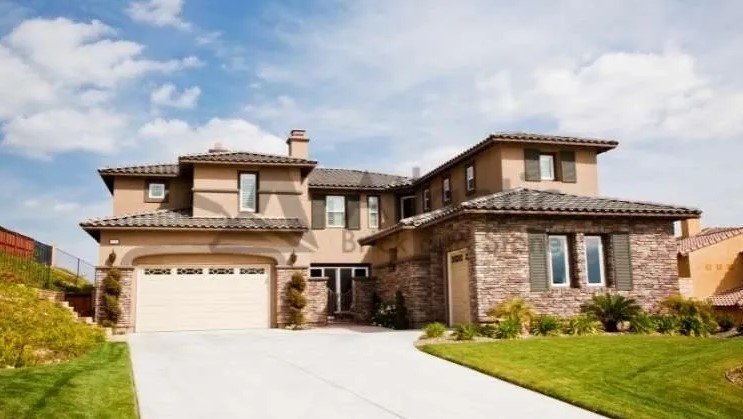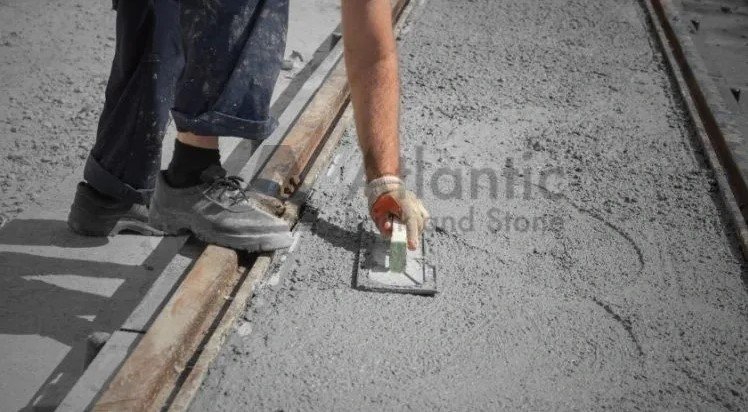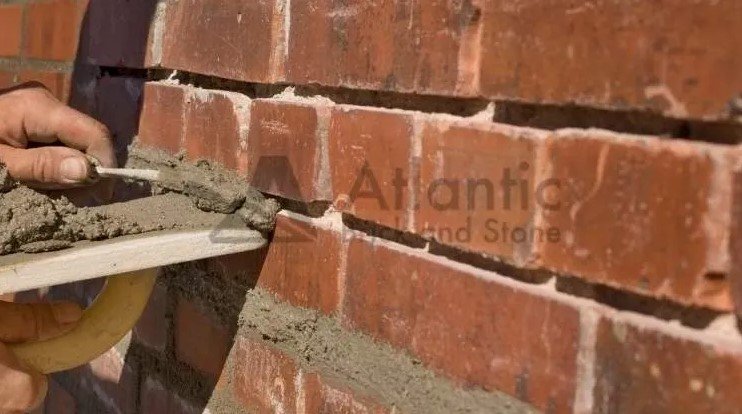Types of retaining walls – Which one is right for you?
Types of retaining walls – Which one is right for you? Retaining walls are popular in both residential and commercial applications. There are many different types of retaining walls available, so it can be hard to decide which one is right for you. Here are four of the most common types of retaining walls and their advantages and disadvantages. Gravity Retaining Walls Gravity retaining walls are a type of wall used to retain soil or rock. Gravity walls rely on the weight of the material being retained to resist gravity and hold back the material on the uphill side of the wall. Gravity walls can be made from a variety of materials, including concrete masonry, and stone. Gravity retaining walls are a great way to keep soil in place and prevent erosion. They have a variety of features that make them advantageous for customers. For example, they are often made from recycled materials, so they are environmentally friendly. They are also easy to install, which saves time and money. Gravity retaining walls are strong and durable, so they can withstand even the harshest weather conditions. Finally, they are affordable, making them a cost-effective solution for any hardscape landscaping project. Cantilever Retaining Walls A cantilever retaining wall is a type of wall that uses cantilevers to hold up a structure. It is often used in landscaping to hold back earth or water. A cantilever retaining wall is made up of a series of blocks or panels that are connected to each other with hinges. The blocks or panels are then tilted outwards, away from the retaining wall, to create the cantilever effect. This type of wall is very strong and can hold up a lot of weight. This type is best for commercial retaining wall projects because of its strength and durability. Cantilever walls offer several advantages over traditional retaining walls. They are typically less expensive to build and install, and they can be customized to fit any terrain. Cantilever walls are also very strong and durable, making them ideal for use in areas with high traffic or severe weather conditions. Sheet Piling Retaining Walls The Sheet Piling is a popular retaining wall style that uses sheets of metal or plastic to help support and stabilize a slope. The wall is typically placed at the top of a slope to help prevent erosion and stabilize the soil. Sheet piling walls are often used in conjunction with other retaining wall styles, such as rock slabs and earth bags, to create an effective and durable wall system. Sheet piling is a great option for new construction, because it’s easy to install and doesn’t require a lot of maintenance. Sheet piling is also a good choice for retrofitting an existing structure, because it’s relatively easy to modify and add additional sheets if necessary. Anchored Retaining Walls Anchored retaining walls are a relatively new development in the world of retaining walls. They allow for a variety of fronts of retaining walls to be supported by an anchored retaining wall. This can make the installation of a wall much easier, as it eliminates the need to find a solid foundation on which to build the wall. Instead, the anchored retaining wall becomes the foundation for the entire structure. Anchored retaining walls are a great way to add some extra stability to your yard. They’re made of sturdy materials that can stand up to the weather, and they’re anchored into the ground so they won’t topple over. This makes them perfect for holding back soil and preventing erosion. They’re also great for creating raised flower beds or terraces. Customers love them because they’re easy to install and they make their yard look great. Which One is Best? There are 4 popular types of retaining walls to choose from. If you are unsure of which type is right for you, consult a mason before making a decision. They can help you find the best solution for your specific needs and ensure that your wall is safe and effective. Get Your Retaining Wall Construction Estimate Online Now! 506-304-0771 atlanticbrickandstone@gmail.com Request an Estimate


